Retro Replay Review
Gameplay
Dread Mac Farlane excels in delivering a classic point-and-click adventure with a modern twist. The cursor remains simple—left click to examine and right click to act—yet the puzzles demand careful observation and clever inventory management. Players will find themselves poring over every scene, trying to combine items and trigger scripted events that advance both the main quest and the scattered flashback chapters.
(HEY YOU!! We hope you enjoy! We try not to run ads. So basically, this is a very expensive hobby running this site. Please consider joining us for updates, forums, and more. Network w/ us to make some cash or friends while retro gaming, and you can win some free retro games for posting. Okay, carry on 👍)
The narrative is split into distinct chapters, each revealing more about Dread’s past and the treasure map she seeks. These interludes break up the linear progression, offering brief returns to Dread’s childhood to learn about her parents and the origins of her pirate aspirations. Puzzles range from logical contraptions to whimsical fairy-tale challenges involving pixie dust and Lost Children, striking a balance between cerebral problem-solving and lighthearted exploration.
While death is possible, it’s sparingly used and never frustrates. The occasional “you’ve met a watery grave” moment reminds players that choices matter, but quick reloads keep the pace moving. For veterans of the AGS engine, there’s a pleasing layer of polish here: hot-spot highlighting is intuitive, and context-sensitive feedback ensures you’re never left guessing what to click next.
Graphics
Every pixel in Dread Mac Farlane is hand-drawn by Marion Poinsot herself, ensuring a seamless transition from comic page to interactive screen. Backgrounds teem with fine details—weathered planks of the Jolly Roger’s deck, moonlit waves crashing against the hull, or the twisting vines of a jungle isle. These settings evoke the rich line-work of The Curse of Monkey Island while maintaining a more mature, atmospheric tone.
Character sprites move fluidly through each scene, their expressions and gestures reflecting Dread’s determination and occasional frustration. Animations are subtle but effective: a parrot’s head tilt, the creak of a ship’s mast, or a child’s wistful gaze. Such touches bring the game world to life without resorting to excessive animation frames or over-polished gloss.
The color palette shifts appropriately between chapters. Flashbacks use softer, warmer hues that feel nostalgic, while present-day moments glow with salt-sprayed blues and creaking wood browns. Transition fades and simple cut-scene overlays help maintain immersion, proving that a freeware AGS title can look every bit as professional as bigger budget releases.
Story
Adapted from the first album of the French comic series La Carte d’Estrechez, Dread Mac Farlane follows the ambitions of a young woman in a world dominated by salty old men and endless horizons. Poinsot’s dual role as author and developer ensures the game stays true to the original narrative beats while leveraging interactivity to deepen emotional resonance.
The prologue frames Dread’s deal with Captain Crochet—to guide him to hidden treasure—while subsequent chapters peel back layers of her background. Players witness moments with her mother, learn of her father Vincente Estrechez, and even step into the realm of Neverland, aided by Tinn-Tamm’s pixie dust. This blend of pirate mythos and Peter Pan lore feels organic, never like a forced crossover.
Character interactions are well-written and often tinged with gentle humor or moments of poignancy. Conversations unfold naturally, and translation shines in the English release, preserving the comic’s spirit without awkward phrasing. Whether you’re negotiating with a stubborn quartermaster or reminiscing with a childhood friend, the script consistently engages.
Overall Experience
As a freeware title, Dread Mac Farlane offers remarkable value and polish. The AGS engine runs smoothly on modern systems, requiring minimal configuration. Installation is straightforward, and the English patch integrates seamlessly with the original French build, making the game accessible to a wide audience.
Sound design is understated but effective: original music scores underscore tense puzzle moments, while ambient creaks, gull cries, and creaking rigging deepen immersion. There’s no voice acting, but well-timed sound effects fill any gaps, proving that excellent audio doesn’t require a big budget.
For fans of point-and-click adventures, pirate lore, or graphic-novel adaptations, Dread Mac Farlane is a must-play. Its thoughtful blend of story, art, and puzzle design creates an engaging journey from first click to the final curtain. Even seasoned adventure gamers will find fresh challenges, and newcomers will discover why Marion Poinsot’s creation continues to enchant audiences worldwide.
 Retro Replay Retro Replay gaming reviews, news, emulation, geek stuff and more!
Retro Replay Retro Replay gaming reviews, news, emulation, geek stuff and more!
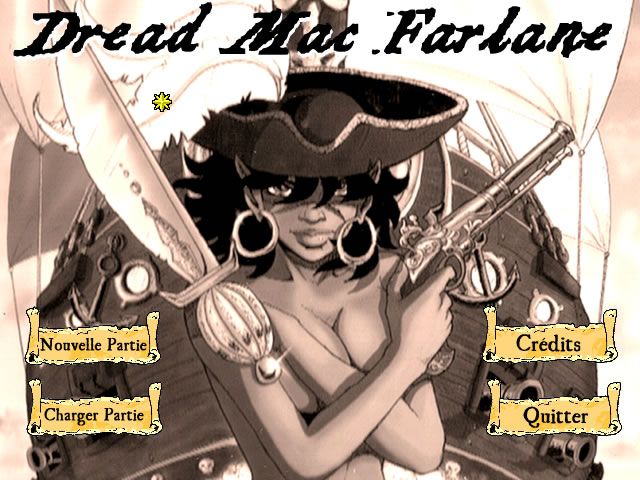

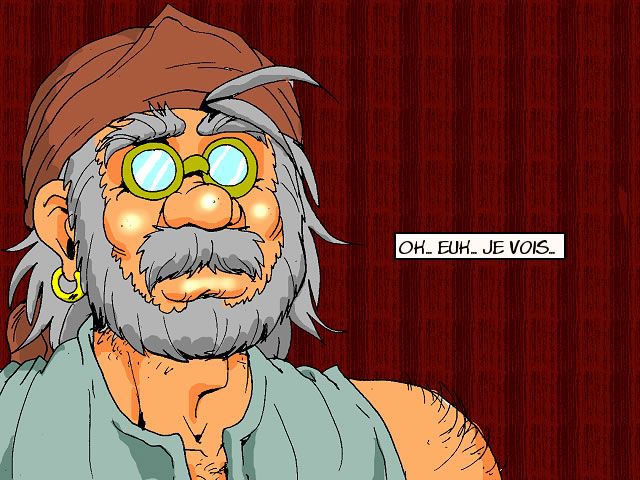
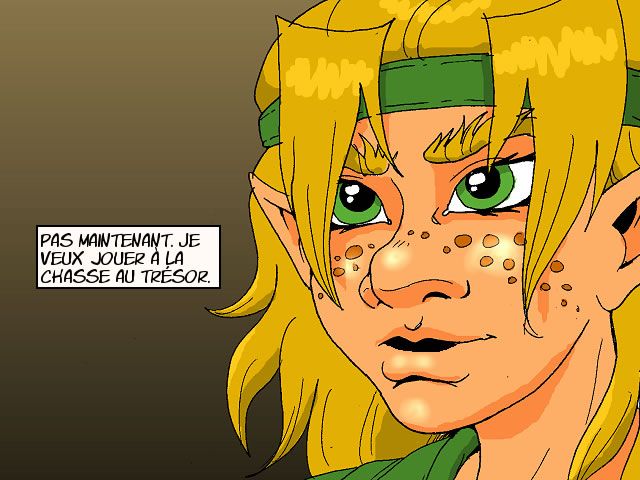
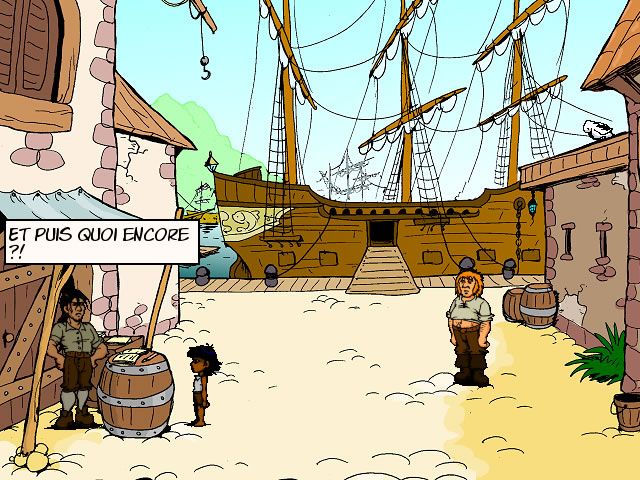
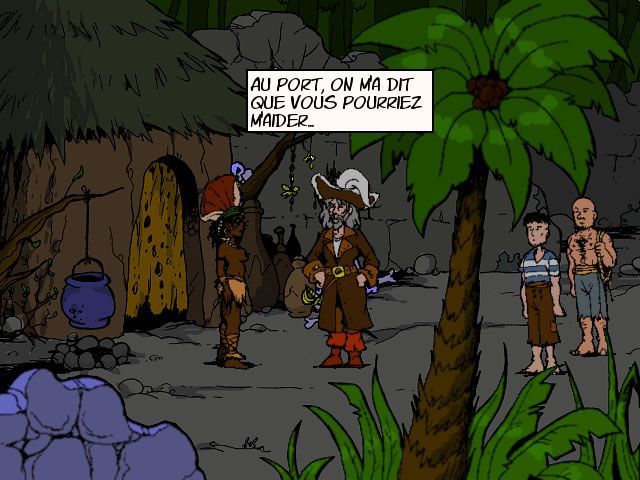



Reviews
There are no reviews yet.